17th century
Artworks 31 to 40 of 127:
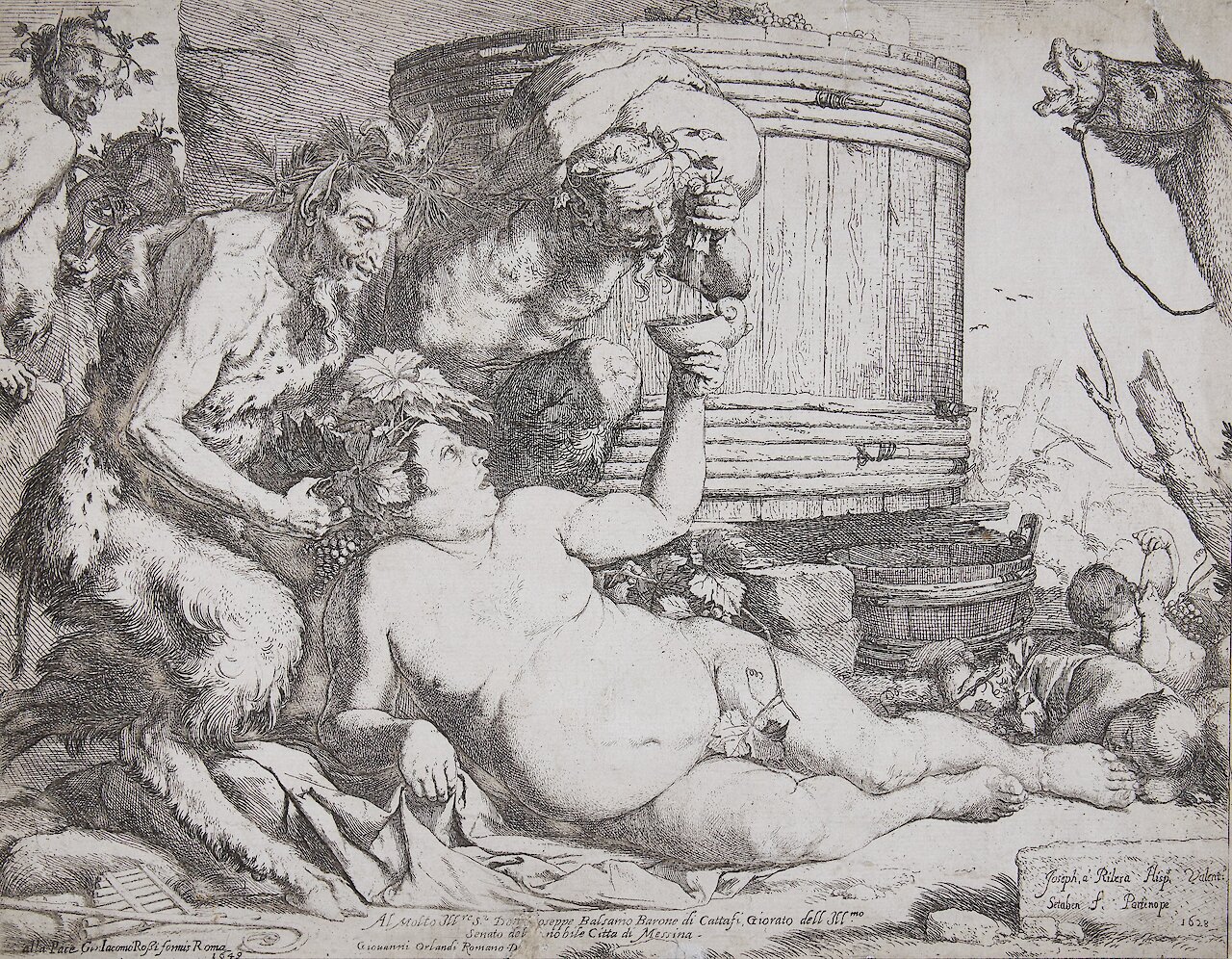
The Drunken Silenius
by Jusepe de Ribera, circa 1626
- Medium
- Etching on paper
- Dimensions
- Sheet: 10-5/8 x 14 in.
- Credits
- Gift of David Hilton in honor of Professor James Harper. © Jordan Schnitzer Museum of Art — University of Oregon
- Location
- Jordan Schnitzer Museum of Art
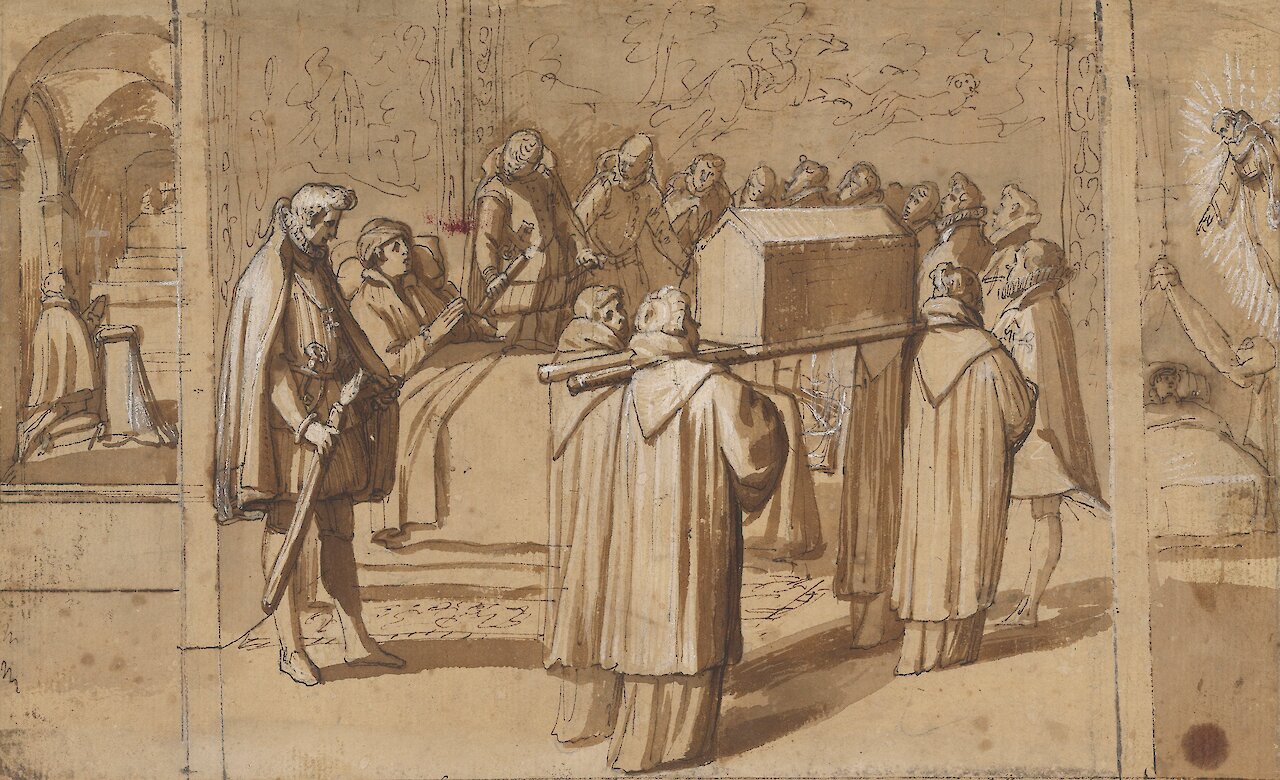
Miracle of St. Diego: The Healing of Don Carlos
by Vicente Carducho, circa 1626–1632
- Medium
- Pen and brown ink and wash, opaque lead white, over black chalk, on laid paper
- Dimensions
- 7 7/16 x 12 1/16 in.
- Credits
- The Morgan Library & Museum. Purchased as the gift of Mr. Henry P. McIlhenny. Photography by Graham S. Haber.
- Location
- Morgan Library & Museum
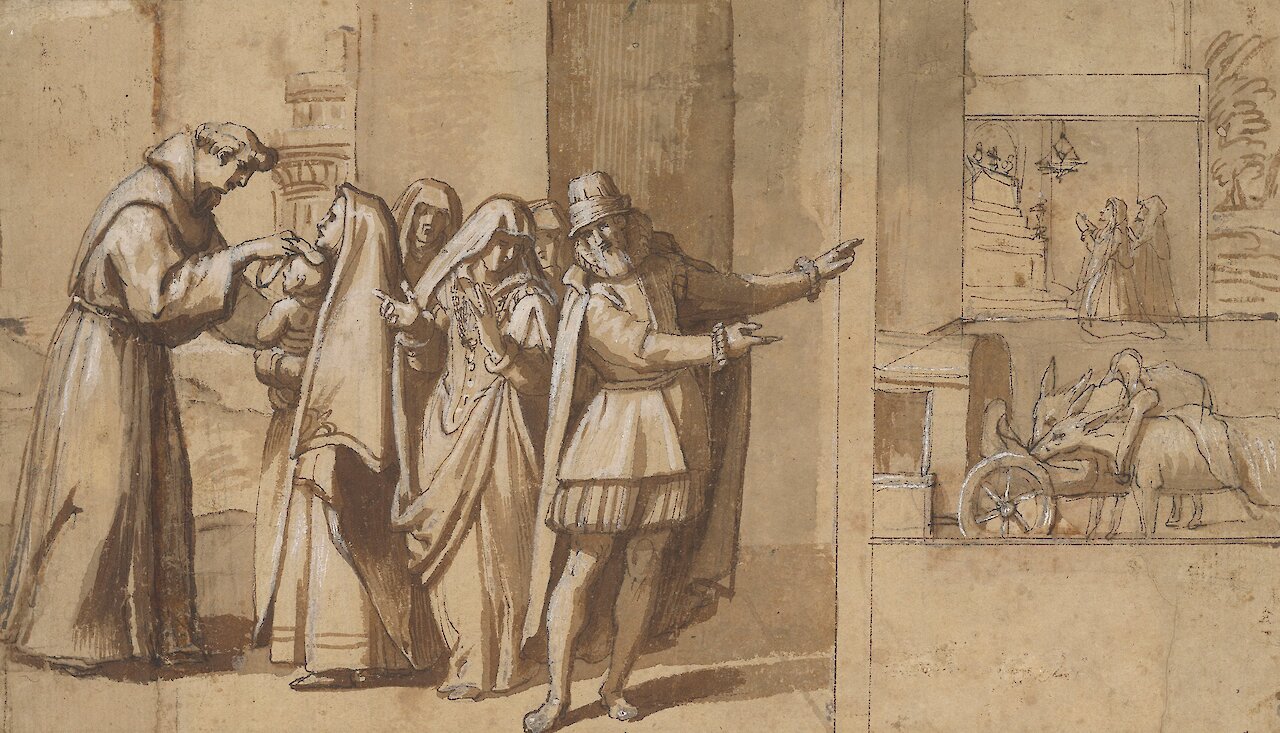
Miracle of St. Diego: The Resurrection of a Stillborn Child
by Vicente Carducho, circa 1626–1632
- Medium
- Pen and brown ink and wash, and opaque lead white over black chalk, on laid paper
- Dimensions
- 7 1/4 x 12 1/4 in.
- Credits
- The Morgan Library & Museum. Purchased as the gift of Mrs. Carl Stern, Duke Roberto Ferretti di Castelferretto, and Mr. Frits Markus. Photography by Graham S. Haber.
- Location
- Morgan Library & Museum
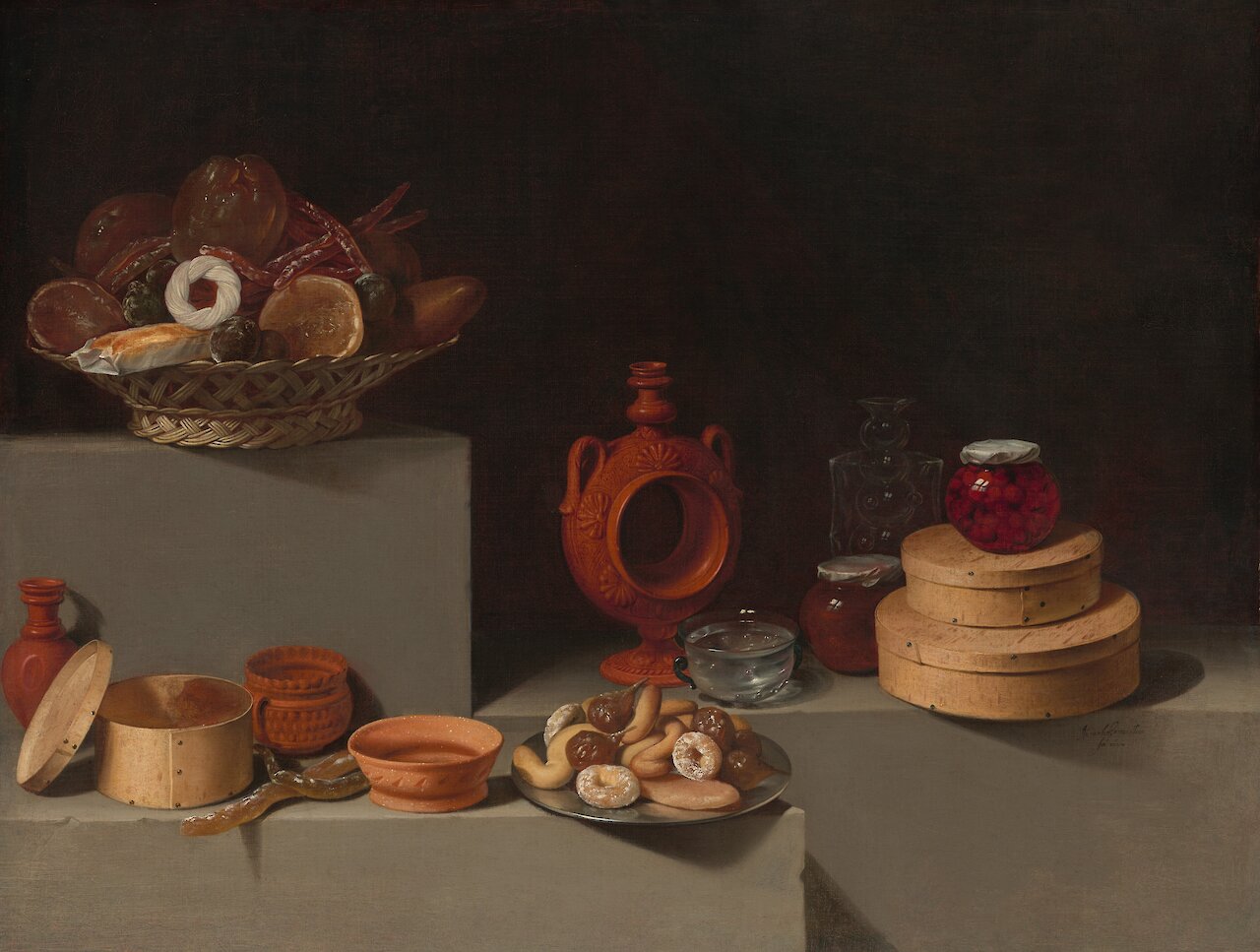
Still Life with Sweets and Pottery
by Juan van der Hamen y León, 1627
- Medium
- Oil on canvas
- Dimensions
- 84.5 x 112.7 cm (33 1/4 x 44 3/8 in)
- Credits
- Samuel H. Kress Collection.
- Location
- National Gallery of Art
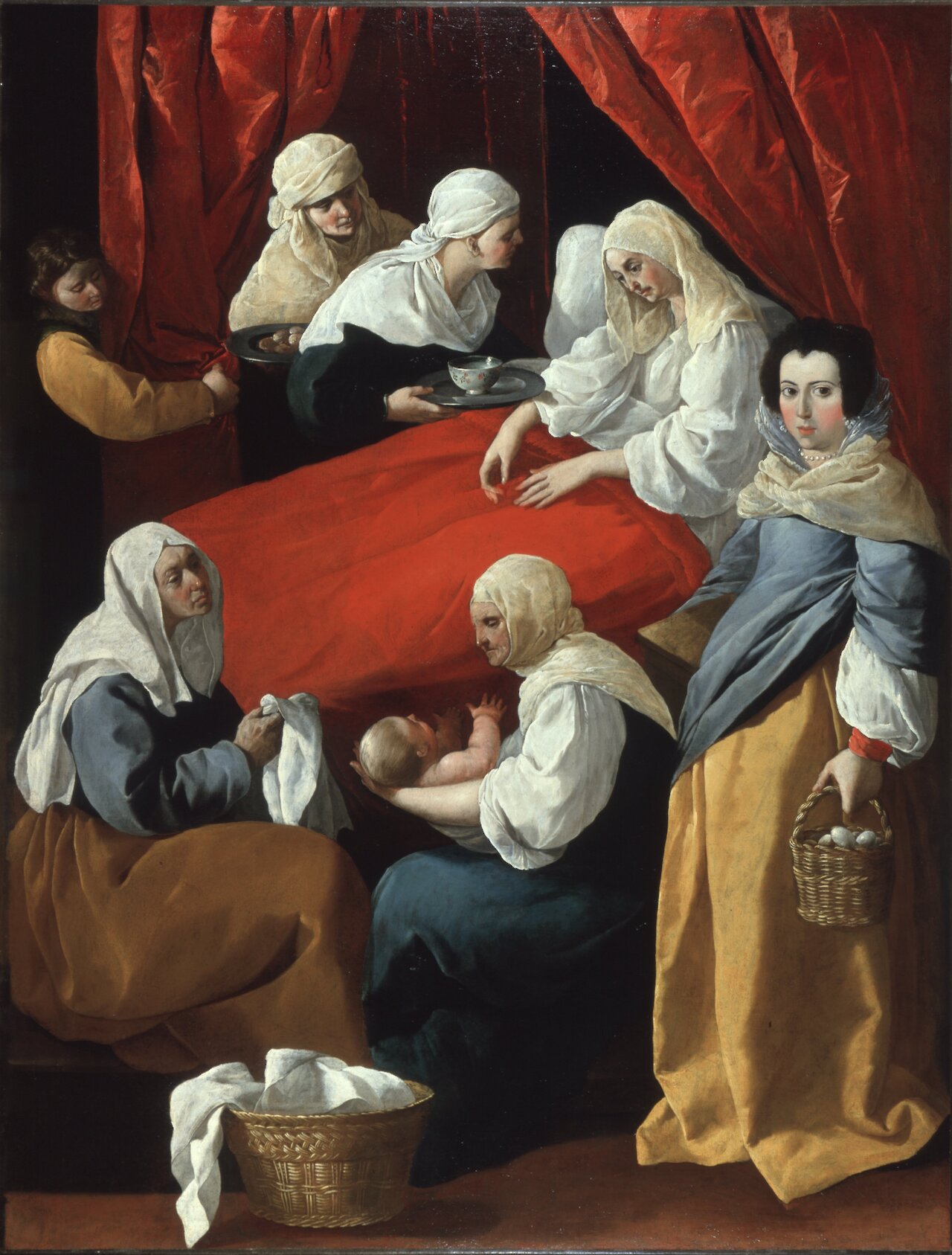
The Birth of the Virgin
by Francisco de Zurbarán, circa 1627
- Medium
- Oil on canvas
- Dimensions
- 55-1/2 x 42-3/4 in (141 x 108.6 cm)
- Credits
- The Norton Simon Foundation
- Location
- Norton Simon Museum
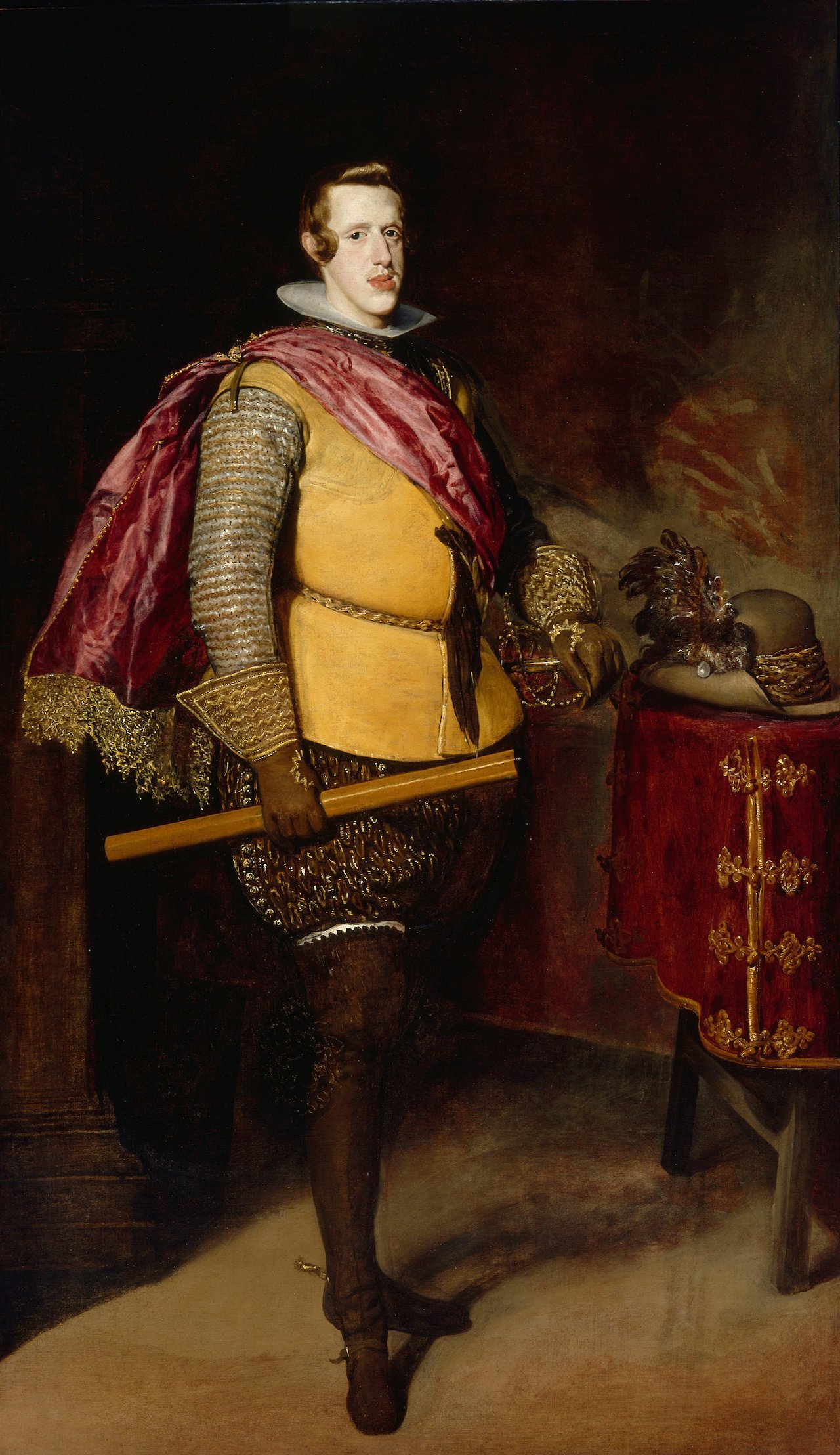
Philip IV, King of Spain
by Diego Velázquez, circa 1628–1631
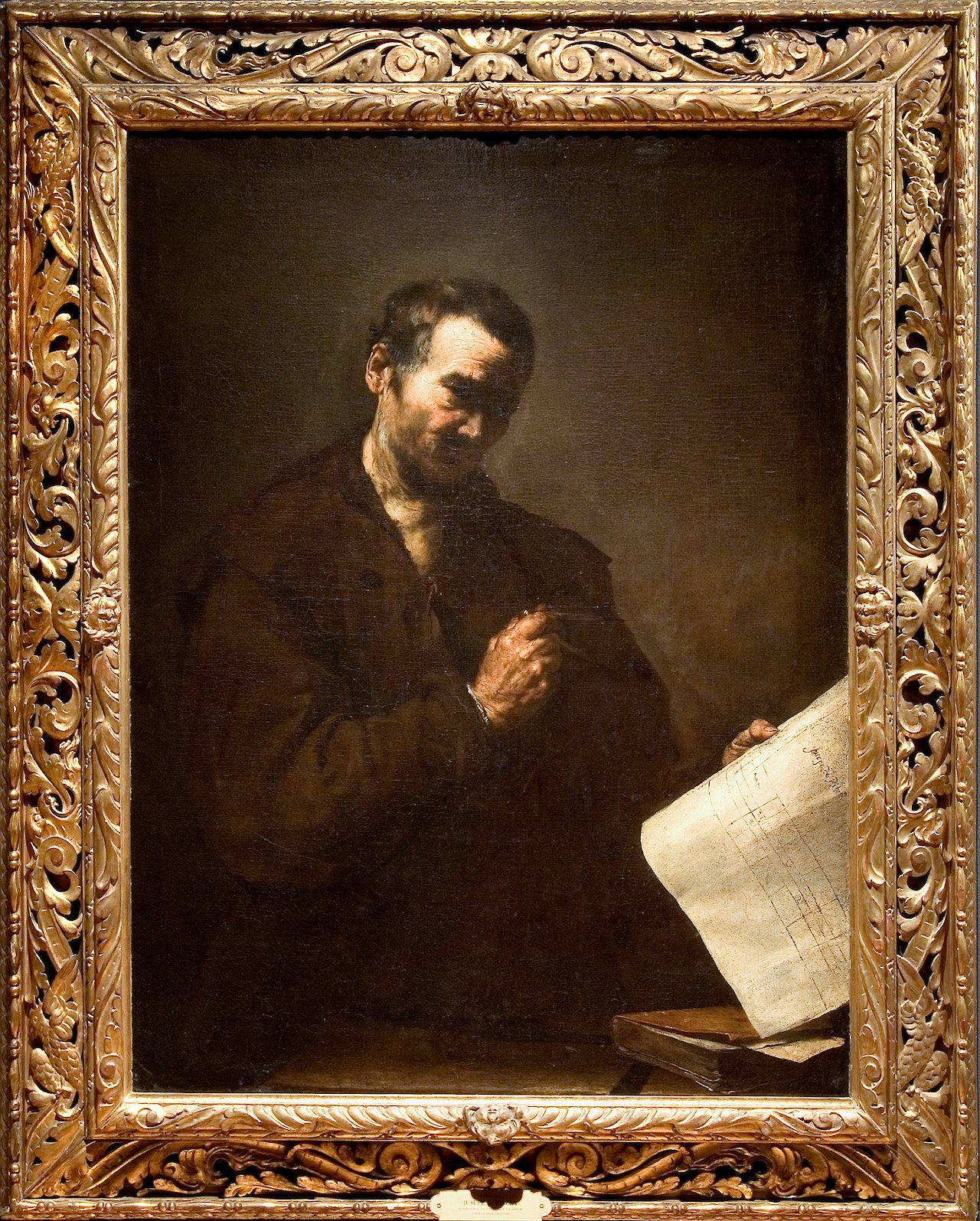
A Greek Sage
by Jusepe de Ribera, circa 1630
- Medium
- Oil on canvas
- Dimensions
- 50.8 x 36.5 in
- Credits
- University of Arizona Museum of Art, Tucson, Arizona, Gift of Samuel H. Kress Foundation, 1961.013.010
- Location
- University of Arizona Museum of Art
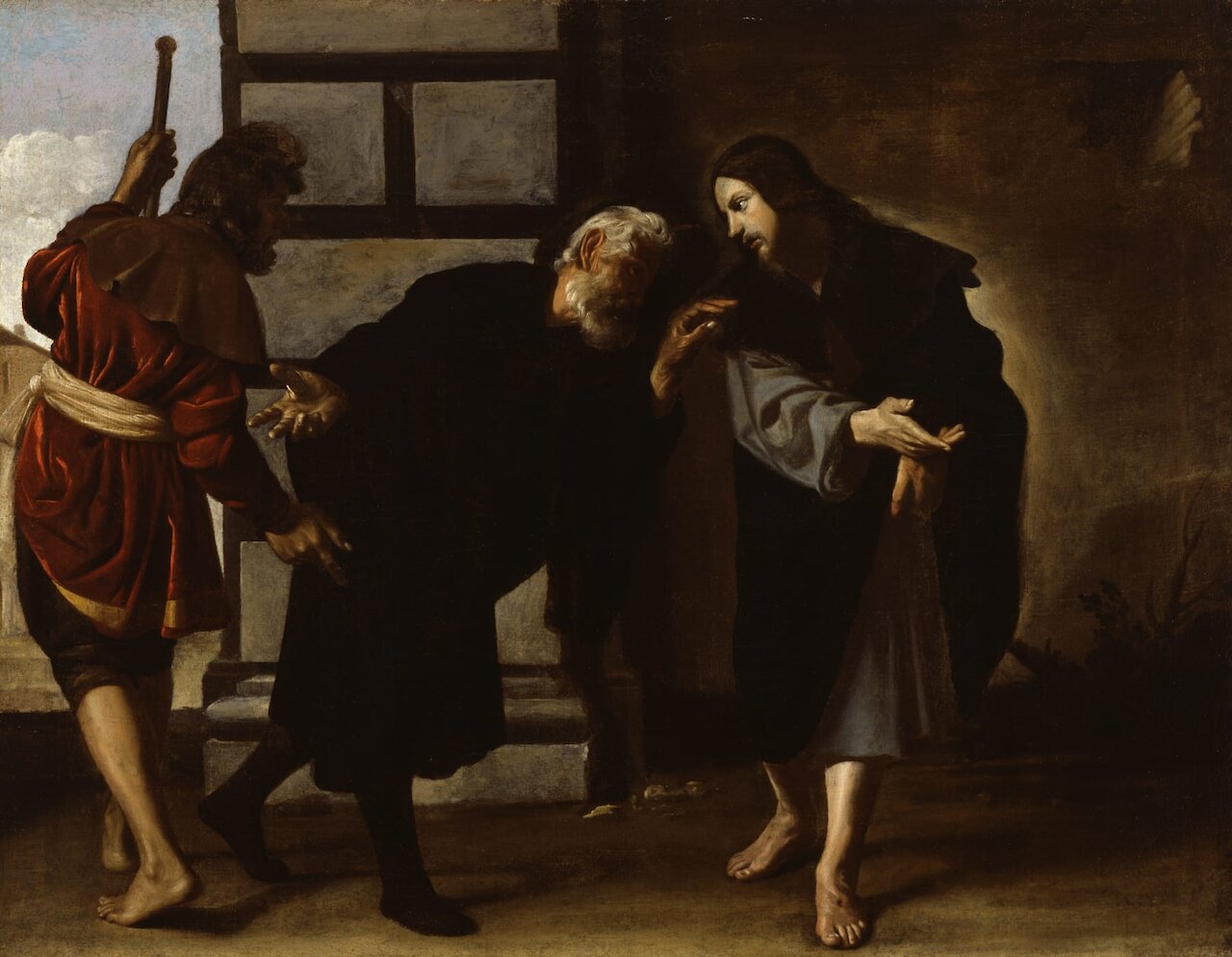
Christ and Two Followers on the Road to Emmaus
by Alonso Cano, circa 1630
- Medium
- Oil on canvas
- Dimensions
- 20 1/4 x 26 1/4 in (51.5 x 66.7 cm)
- Credits
- Gift of Leonard and Barbara Scherlis, 2003
- Notes
Possibly by Alonso Cano
- Location
- Walters Art Museum
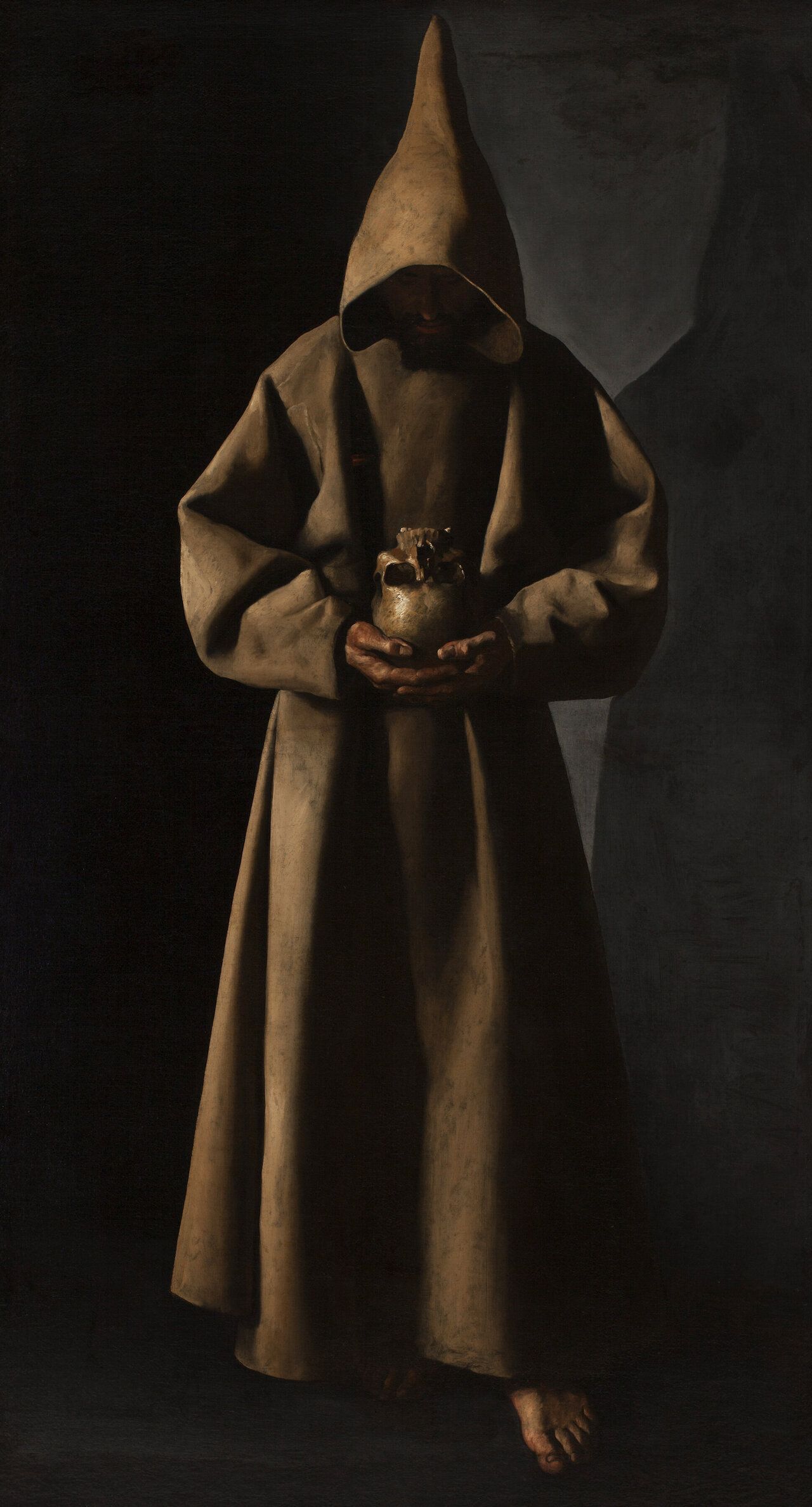
Saint Francis of Assisi in His Tomb
by Francisco de Zurbarán, 1630–1634
- Medium
- Oil on canvas
- Dimensions
- 80 5/8 × 44 5/8 in (204.79 × 113.35 cm)
- Credits
- Milwaukee Art Museum, Purchase M1958.70. Photo by John R. Glembin
- Notes
This somber, haunting image of the ascetic Saint Francis typifies the work of one of Spain’s most important Golden Age painters. As is characteristic, Zurbarán depicted the saint alone, in a dark, featureless space, and lit his humble, homespun monk’s robe with dramatic, raking light that also catches on the upturned skull he holds as well as his left foot, which seems to stride into the viewer’s space. Saint Francis was of particular significance to Spain’s monastic communities, which were deeply impacted by the Counter-Reformation. This work was commissioned for Don Gaspar de Guzmán, Count-Duke of Olivares, who was a high-ranking nobleman, close advisor of King Philip IV, and ultimately Prime Minister of Spain (1621–1643).
- Location
- Milwaukee Art Museum
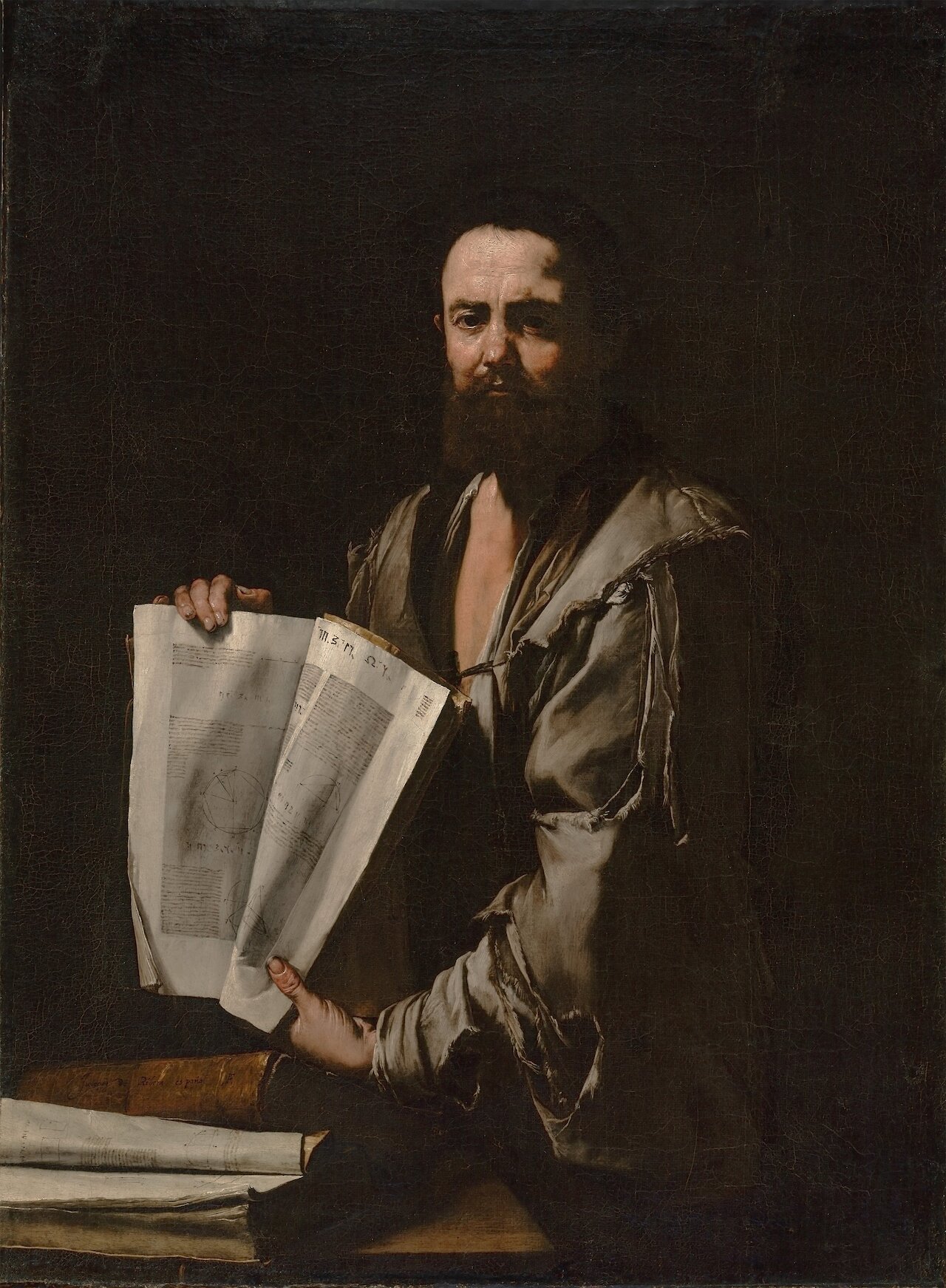
Euclid
by Jusepe de Ribera, circa 1630–1635
- Medium
- Oil on canvas
- Dimensions
- Unframed: 125.1 × 92.4 cm (49 1/4 × 36 3/8 in); framed: 158.1 × 124.5 × 7.3 cm (62 1/4 × 49 × 2 7/8 in)
- Notes
Emerging from deep shadows behind a table, a solemn individual stands displaying a well-worn book with various geometric figures, pseudo-Greek characters, and an imaginary script. Jusepe de Ribera paid considerable attention to the man's facial details, from the unkempt beard to the distinctive creases of his high forehead and the irregular folds of the lids above his dark, penetrating eyes. He depicted the wise man with tattered clothes and blackened, grimy fingers to emphasize the subject's devotion to intellectual, rather than material, pursuits.
The presence of mathematical diagrams in the illegible book reveal the figure's identity as Euclid, a prominent mathematician from antiquity, best known for his treatise on geometry, the Elements. Portraits of wise men were very popular in the 1600s, when there was a revived interest in ancient Greek and Roman philosophy. Rather than portraying the subject as a refined and noble figure, Ribera depicted him as an indiv
- Location
- J. Paul Getty Museum